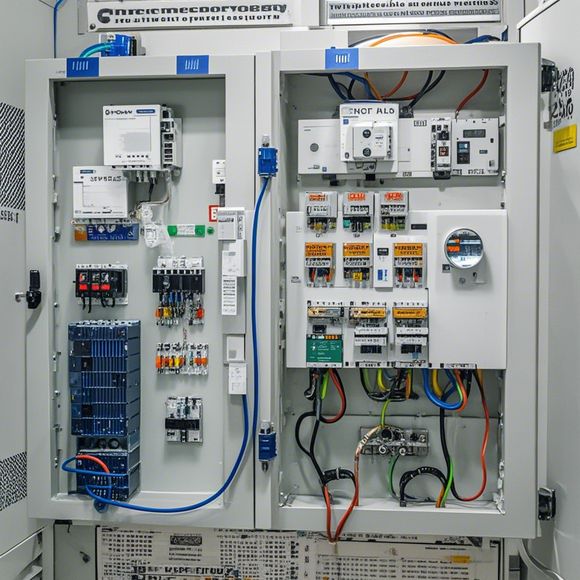Introduction to Programmable Logic Controllers (PLCs)
In the world of modern manufacturing, automation is king. And when it comes to automation, nothing quite shines as brightly as Programmable Logic Controllers (PLCs). These marvels of mechanical and electrical engineering are at the heart of a vast array of industrial processes, from simple batch operations to complex assembly lines. So, without further ado, let's dive deep into the world of PLCs and uncover their secrets.
Firstly, let's talk about how PLCs actually work. At the heart of any PLC lies a microprocessor, often referred to as its "brain." This processor is responsible for interpreting commands and making decisions based on those commands. It receives inputs from various sources, including sensors, switches, and actuators, and uses these inputs to control the flow of power or data through various components in the system.

The beauty of PLCs is that they allow for a high degree of flexibility and customization. Just like humans, each PLC can be programmed to perform a specific task, or even a set of tasks, depending on the requirements of the system. This means that no two systems need ever look alike, and the PLC is always perfectly tailored to the unique needs of the business it is serving.
But what makes PLCs truly stand out, beyond their programming capabilities, is their ability to handle complex tasks with ease and precision. Whether it's controlling temperature, monitoring inventory levels, or managing production schedules, PLCs can do it all. They operate on a level of abstraction that is far beyond the capabilities of traditional hardware-based systems, allowing for a seamless integration of various systems and processes.
One of the most significant advantages of using PLCs is their ability to reduce downtime. By controlling everything in real-time, PLCs can quickly detect and respond to issues, preventing them from causing widespread damage or loss. This not only saves money on repairs and replacements but also ensures that businesses can continue operating at full capacity during critical times.
Another important factor to consider is the reliability of PLCs. Thanks to their advanced design and robust construction, PLCs have a very low failure rate. This means that businesses can rely on them to perform reliably and consistently, without having to worry too much about downtime or lost production.
Of course, just like any other piece of machinery, PLCs do require some level of maintenance and upkeep. However, this is usually minimal compared to the benefits they provide in terms of reduced downtime and increased productivity. With regular checkups and minor repairs, PLCs can last for years, even decades, without needing to be replaced entirely.

Of course, there are some potential drawbacks to using PLCs. One major concern is that they can be expensive upfront, particularly if you're working with complex systems or high-end equipment. Additionally, they may require a certain level of technical expertise to install and operate effectively.
However, these concerns pale in comparison to the countless benefits that PLCs offer. From streamlining production processes to reducing waste and increasing efficiency, PLCs are a game-changer for modern manufacturing operations. So why not take advantage of these amazing devices and see for yourself the incredible impact they can have on your business?
Content expansion reading:
Articles related to the knowledge points of this article:
PLC Programming for Automation Control in the Manufacturing Industry
PLC (Programmable Logic Controller) Control System Basics
The Role of Programmable Logic Controllers (PLCs) in Foreign Trade Operations
Connecting a PLC Controller to Your Computer
PLC Controllers: A Comprehensive Guide to Understanding Their Prices